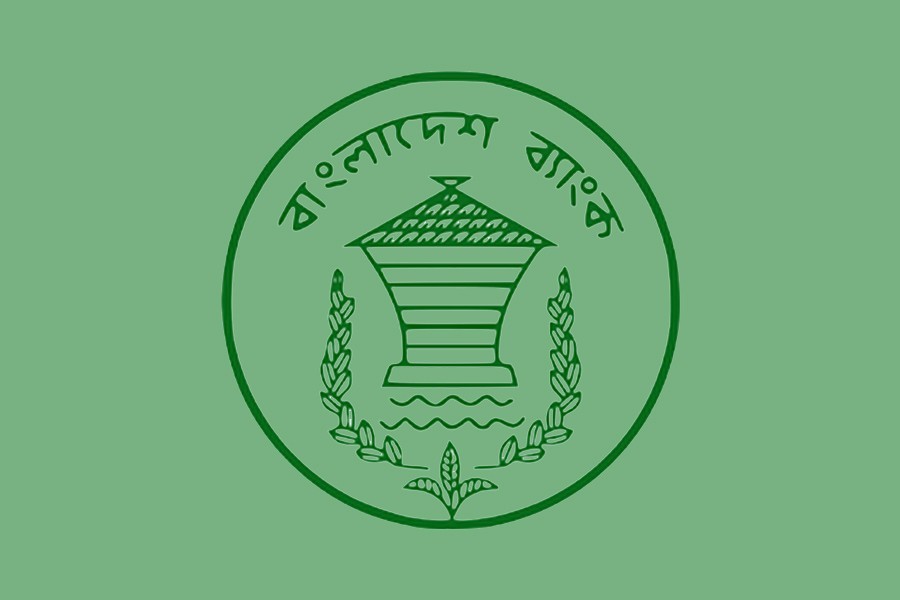The Bangladesh Bank (BB) is formulating a set of guidelines for banks and financial institutions (FIs) to prevent trade-based money laundering (ML) in the country.
The Bangladesh Financial Intelligence Unit (BFIU) of the central bank is working on the guidelines, which will be available within next two months, a BFIU source told The Financial Express.
The guidelines will be a checklist for bankers in providing trade-related services to their clients.
The guidelines will be applicable to all the scheduled banks, their authorised dealer (AD) branches, off-shore banking units (OBUs), and any other branches, units or divisions, engaged in trade-related activities.
This is the first time that the BB is formulating such guidelines to prevent money laundering.
The BFIU earlier took an initiative in 2017 to prepare such guidelines for prevention of trade-based money laundering, but the move was abandoned for reasons hitherto unknown.
A study by the Global Financial Integrity (GFI) has estimated that illicit inflows and outflows to and from the developing and emerging economies were between 14-24 per cent of their total trade in 2005-2014.
The Financial Action Task Force (FATF) and other authorities have so far published various forms of guidance to assist the banks and other entities to identify characteristics that may indicate money laundering.
Some US$ 5.9 billion was siphoned off from Bangladesh in 2015 through trade misinvoicing, the GFI mentioned in a report in January.
Bangladesh was second in South Asia in terms of illicit outflows of money, according to the Washington-based research and advisory organisation's report.
It published the findings by analysing data of trade in goods of 148 developing countries with the advanced economies.
The report, based on the International Monetary Fund (IMF) data, mentioned that $ 2.36 billion was brought to the country in 2015.
Bangladesh also lost between $ 6.0 billion and $ 9.0 billion due to illicit money outflows in 2014, according to the same report.
The GFI noted that Bangladesh lost $ 75 billion because of trade misinvoicing and other unrecorded outflows between 2005 and 2014.
Director of the Bangladesh Institute of Bank Management (BIBM) Professor Dr Shah Md Ahsan Habib conducted a number of surveys and studies on trade-based money laundering in the country.
He said all the illicit money outflows and inflows are not money laundering. But whatever the amount is, at least 80 per cent of money laundering is said to be trade-based.
There are some generic laws and guidelines for preventing money laundering, but there are no specific guidelines on trade-based money laundering.
"But the bankers want an area-specific to-do list on the issue," he said, adding that it will become easier for the desk officers to work on the issue (if there is such a list).
He said the risks in this regard have also increased after introduction of technology-driven banking services in the banks and FIs.
The most common technique used in trade-based money laundering is over- and under-invoicing of goods and services. The process generally involves collusion between the buyer and the seller, often working for the subsidiaries of the same parent company.
False description of goods and services is also a widely used system for money laundering. Inexpensive and ordinary goods are often invoiced as expensive and luxury items, causing more money to be paid for those compared to their actual worth.
A major hurdle in identification and investigation of the money laundering schemes is inability of the organisations to share information across jurisdictions, owing to the confidentiality and privacy clauses specific to each organisation globally.


